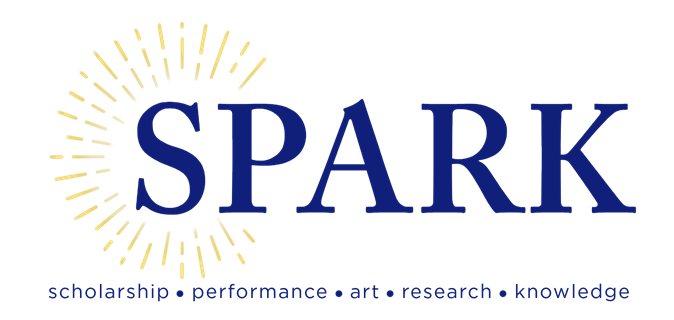
[Archive] Belmont University Research Symposium (BURS)
The Efficacy of Eye-Witness Testimonies and Police Line Up
Publication Date
Spring 4-2023
College
Sciences and Mathematics, College of
Department
Psychological Science, Department of
BURS Faculty Advisor
Michael Oliver
Presentation Type
Oral Presentation
Abstract
Eye-witness testimony is often used in court cases even though it lacks reliability. Previous studies show eye-witness testimony can be manipulated by internal and external factors (Shaw & Porter, 2015) to create false memories. Memory is also impacted by sounds in the environment during an event and during recall (Berntsen, Staugaard, & Sørensen, 2013). Something that has not been studied is whether sound can spark the creation of a specific false memory. The authors seek to determine if it is possible to manipulate a person to evoke a specific memory by presenting a sound at the initial presentation of a stimulus and presenting that same sound again later with a different stimulus. Participants were randomly assigned to one of two groups. Both groups were presented with a video of a murder and then asked to choose the murderer from a line of suspects (none of which were the perpetrator). The experimental group had an additional sound, breaking glass, play when the murderer was shown in the video. As each suspect was shown, a random sound was played such as a pop, meow, glass breaking, and clap sound. The control group’s video included an additional sound, breaking glass, when the murder is first presented, and no sounds were played as the potential suspects are shown. It is expected that those who heard the glass breaking sound when the suspect was presented will choose that suspect as the murderer, thus creating a false memory.
Recommended Citation
Brown, Benjamin P.; Myers, Amanda; Walheim, Nicole; and Lester, Grace, "The Efficacy of Eye-Witness Testimonies and Police Line Up" (2023). [Archive] Belmont University Research Symposium (BURS). 279.
https://repository.belmont.edu/burs/279


